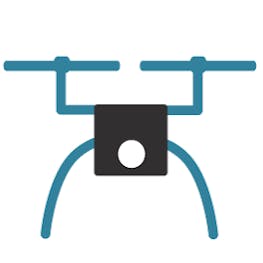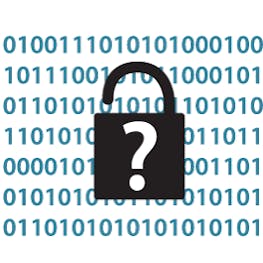New technologies are giving law enforcement in Minnesota and across the country broad access to data on criminals and everyday citizens alike. Here are some examples you may have heard about — and why they are controversial.
Aerial drone
Purpose: Search and rescue, crime scene investigation
Agencies known to have it: Hennepin County sheriff, Dakota County sheriff
How it works: Camera-equipped unmanned aerial vehicles are very similar to those available to the public. Operating requires FAA approval.
Why it's controversial: In a climate of deep concern about the threat to privacy, the Hennepin and Dakota sheriffs both say the drones won't be used for surveillance.
Facial recognition software
Purpose: Enables law enforcement to identify suspects whose faces are recorded in video.
Agencies known to have it: Hennepin County sheriff
How it works: The software compares the unique geometry of faces with databases of identified images, such as mugshots, to find matches.
Why it's controversial: The FBI's stockpiling of 117 million faces in its database came under harsh criticism at a U.S. House hearing in March. Rep. Stephen Lynch, D-Mass., compared it to Nazi Germany.
Automated license plate reader
Purpose: Identifies stolen cars and drivers with open warrants.
Agencies known to have it: At least 40 local and state law enforcement agencies
How it works: Cameras on squad cars and in fixed locations scan every license plate that moves into its field of view and upload them to a database for analysis.
Why it's controversial: Revelations in 2012 that the Minneapolis police were holding on to license plate scans for all vehicles frustrated some lawmakers and resulted in new curbs on the practice.
Cellphone tracker
Purpose: Allows law enforcement to locate and monitor suspects using their cellphones.
Agencies known to have it: Bureau of Criminal Apprehension, Hennepin County sheriff
How it works: These units mimic cell towers, allowing them to sweep up the calls and data of any phone in range. They include the Stingray and Kingfish devices that have been in the news.
Why it's controversial: Concerned about their powerful spying abilities, Minnesota lawmakers required police to obtain tracking warrants before using these devices. Yet those warrants remain under seal.
Phone analysis/decryption software
Purpose: Enables investigators to collect files, text messages, call histories, photos and videos from seized cellphones and computers.
Agencies known to have it: Bureau of Criminal Apprehension, Department of Human Services, multiple local agencies
How it works: Many companies market forensic software to law enforcement, including applications that break through passwords and encryption and recover deleted files.
Why it's controversial: The FBI's effort to break the encryption of a terrorist's iPhone set up a confrontation with Apple, which feared its cooperation might jeopardize the privacy of its users. The Israeli company that makes Cellebrite phone hacking software reportedly helped the FBI crack the phone without Apple's help.
ShotSpotter
Purpose: Provides real-time reports of gunfire, enabling a faster police response.
Agencies known to have it: Minneapolis police
How it works: A network of microphones in crime-prone neighborhoods gives police instant data about shots fired, while minimizing false alarms.
Why it's controversial: Some have questioned whether the costly technology improves public safety, while civil libertarians say the microphones also pick up conversations on the street.

University of Minnesota police arrest 9 after pro-Palestinian encampment set up on campus
2 dead in Lino Lakes, no known threat to public, police say
Teen charged with murder in deadly St. Paul shooting last month








